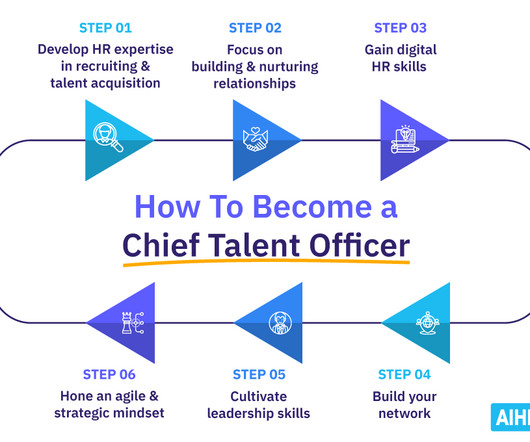Key Human Resources (HR) Pillars: Your 101 Guide
Analytics in HR
MARCH 25, 2024
A department : The HR department manages all HR activities, including recruitment, onboarding, compensation, development, performance management, and employee relations. Compliance: HR needs to help ensure HR compliance with all applicable labor laws and regulations, including the development of policies and procedures.





















































Let's personalize your content